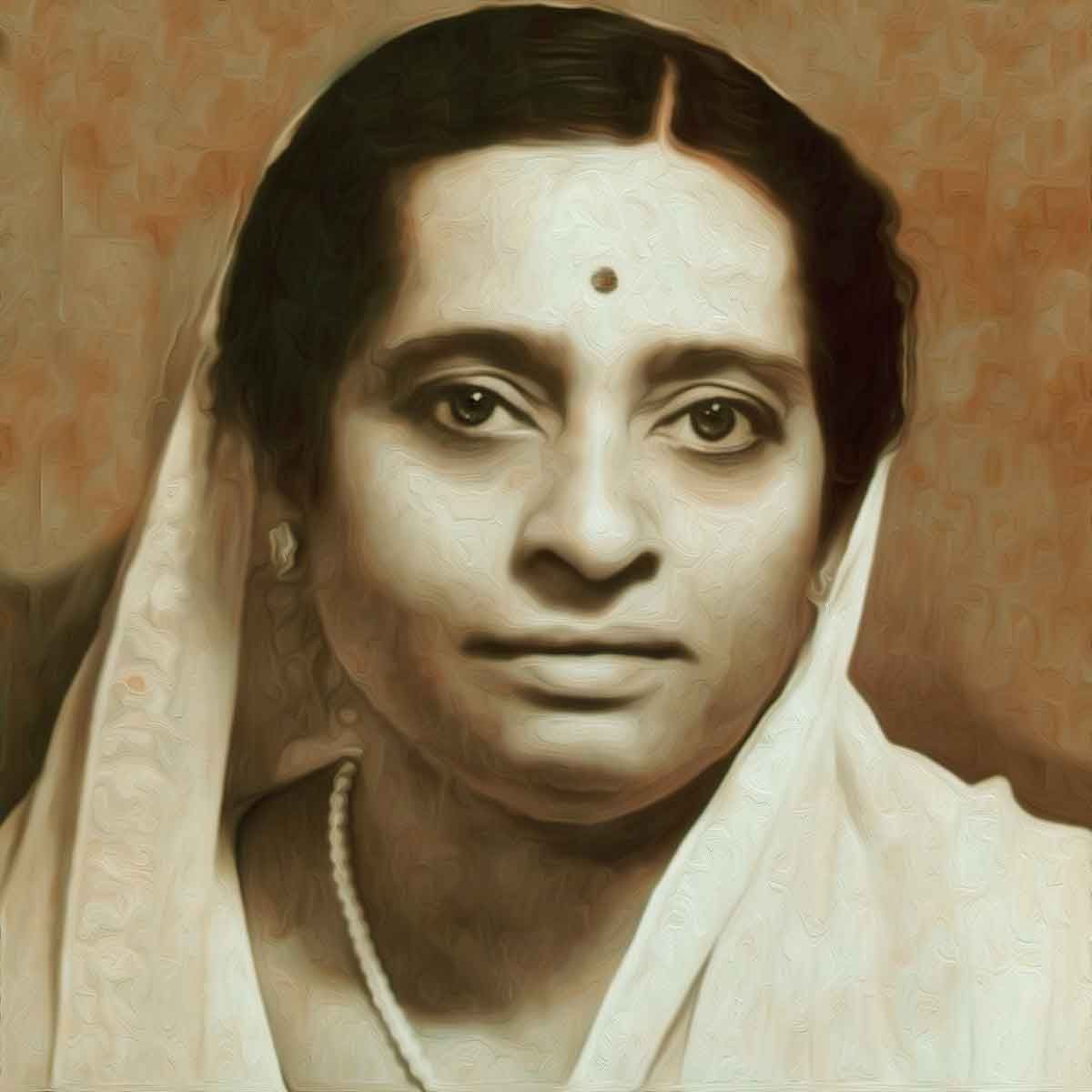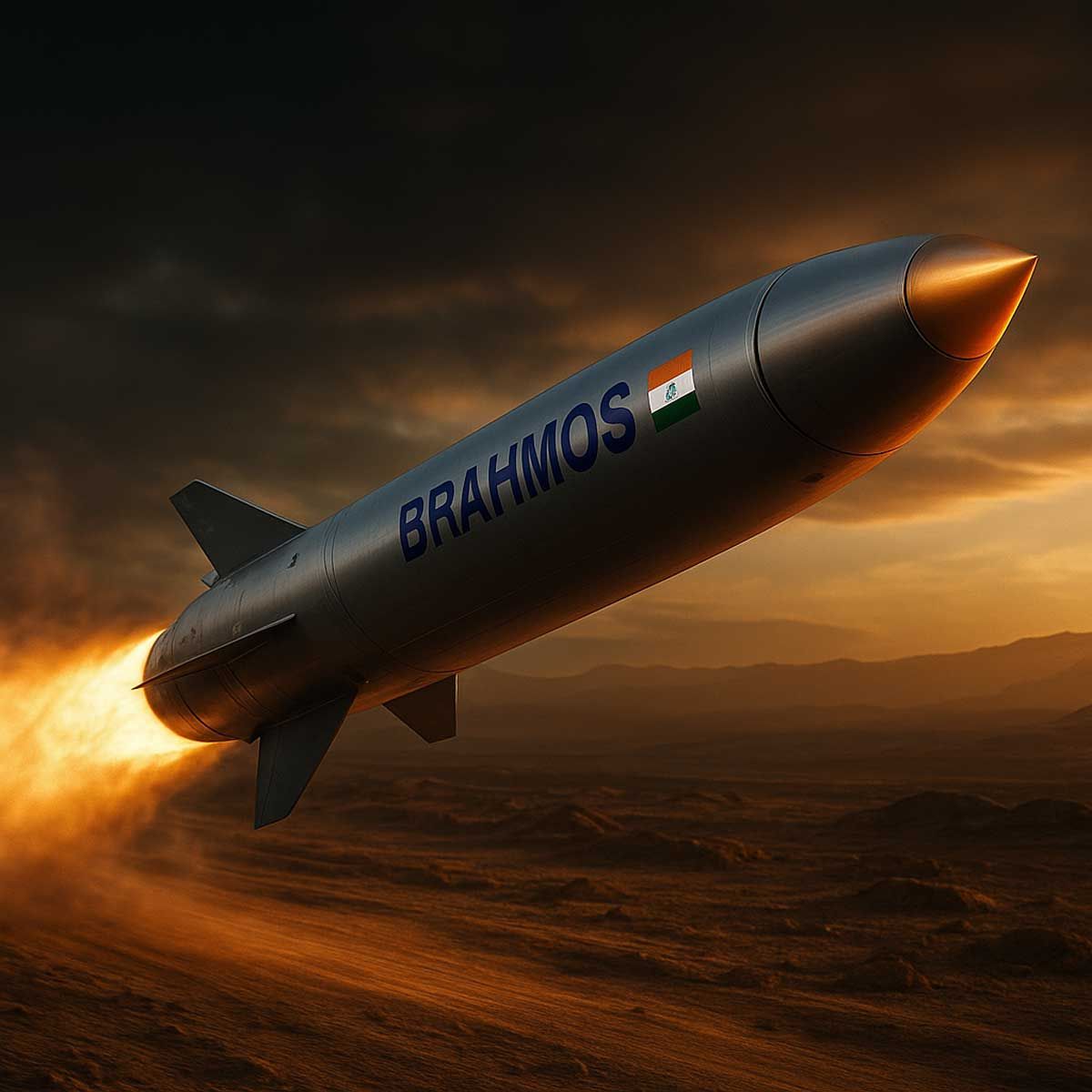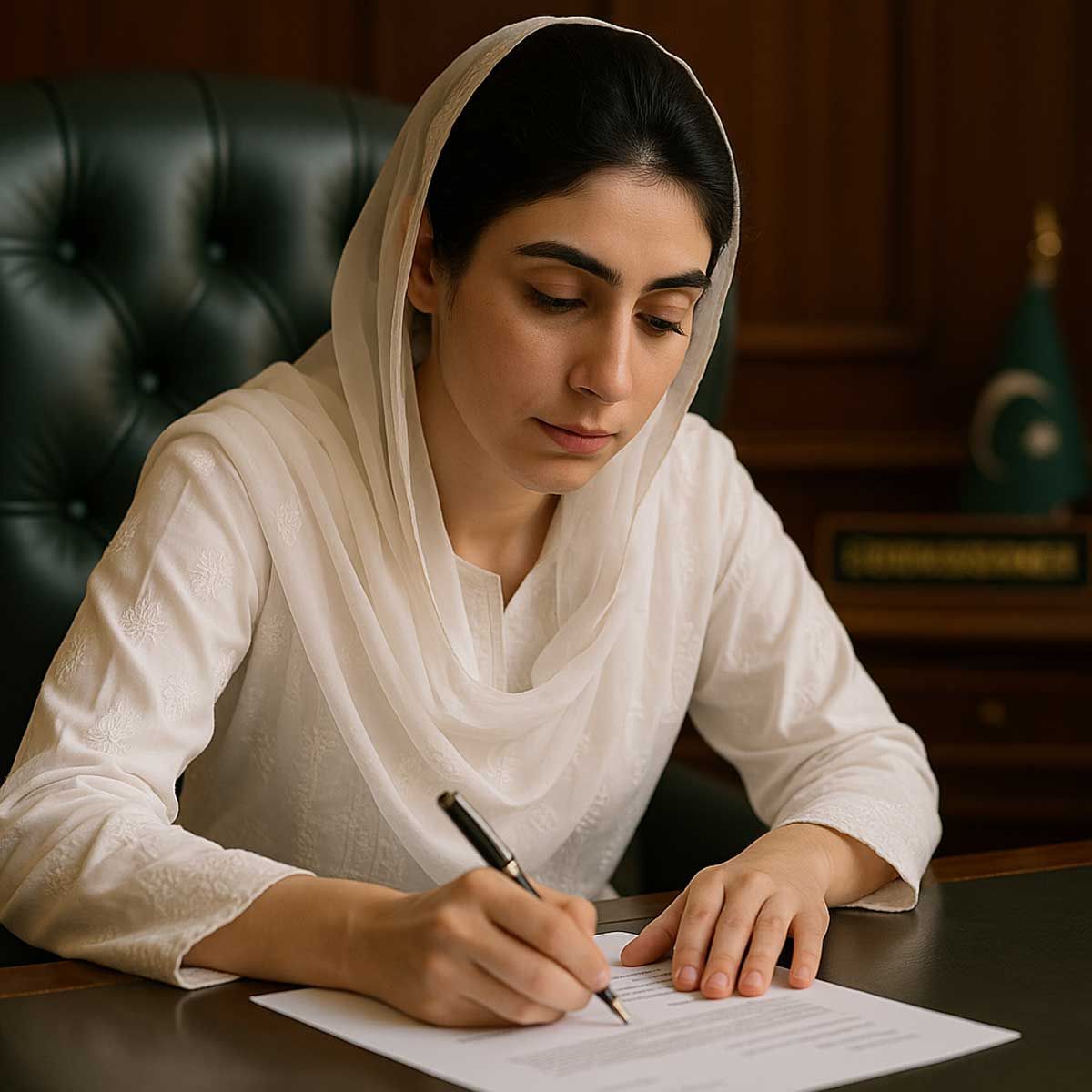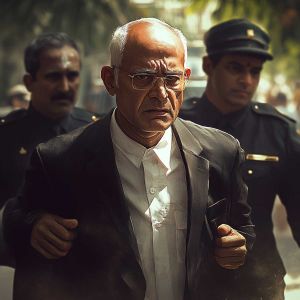Sanatan Articles
Satyaagrah
Written on
Satyaagrah
Written on
Satyaagrah
Written on
Satyaagrah
Written on
Satyaagrah
Written on
JOIN SATYAAGRAH SOCIAL MEDIA
Kesarbai Kerkar, Indian voice that made it to NASA Voyager mission - On board the spacecraft was gold-plated copper disc with musical compositions, ranging from Beethoven to Bach to Mozart, carefully selected to reflect global cultural diversity

What’s the Indian connection to NASA’s space probe Voyager I, which was launched in 1977 and became the first man-made object to enter interstellar space?
On board, the spacecraft is a 12‐inch, gold-plated copper disc with musical compositions, ranging from Beethoven to Bach to Mozart, carefully selected by American astronomer Carl Sagan to reflect the global cultural diversity.
The album called ‘The Sounds of Earth’ features an Indian voice too – legendary Hindustani vocalist ‘Surshree’ Kesarbai Kerkar. Incidentally, 1977 was also the year she died.
But 42 years later, her rendition of ‘Jaat kahan ho akeli, gori’ (Where are you going alone, girl) in raga Bhairavi continues to play in outer space.
The producer of the album, Timothy Ferris, writes:
“One of my favorite musical transitions on the Voyager record comes when ‘Flowing Stream’ ends and we are transported, quick as a curtsy, across the Himalayas to the north of India and from the sound of one musical genius, Kuan Ping-hu to another, Surshri Kesar Bai Kerkar. This raga is formally designated for morning performance, but its popularity has led to its use as a closing number, a kind of encore, for concerts day and night.”
Training under various maestros
Born in July 1892 in Goa’s Keri village, Kesarbai’s family moved to Kolhapur when she was eight years old. Coming from a traditional family of musicians, she had innate talent. She obtained her initial training from the celebrated Ramakrishna Bua Vaze. Later, sitar maestro Ustad Barkatullah Khan gave her talim for over a year. But it was the Jaipur Gharana and its doyen Ustad Alladiya Khan that attracted Kesarbai the most. She started learning under him in 1912 in Bombay (now Mumbai). But the training came to an abrupt end in less than eight months due to the teacher’s ill health and his retirement to Kolhapur. (Journal of The Society of Indian Records Collectors or SIRC, Mumbai)
A life-changing experience
In 1918, at a concert in Bombay, Kesarbai sang raga Miya Malhar that Barkatullah Khan had taught her. One of the city’s famous patrons and connoisseurs Seth Vithaldas Dwarkadas was so dissatisfied with her performance that he rebuked her in public. This deeply hurt the young musician and she made up her mind that if she ever pursued music, it would only be under the guidance of Alladiya Khan. Attempts made to persuade Alladiya Khan failed miserably. (SIRC Journal)
It was then that Vithaldas Dwarkadas came to her rescue. Around 1920, he sent a fake message to Alladiya Khan through a telegram, stating that he was seriously ill and the ustad must visit him soon in Bombay.
The latter rushed to Bombay and was furious to find out that this was a trap. He placed stringent conditions before taking Kesarbai as his student. He demanded a fixed monthly salary, payable even if he left Bombay on account of work or health issues. Kesarbai had to pledge to accompany him on tours and learn in transit as well. She was told that the training would be intense, spanning a minimum of 10 years and that she could perform on a public platform only after she had immersed herself in her music and training. An overjoyed Kesarbai readily agreed.
The formal ganda-bandhan ceremony of taking on a new disciple was held in Bombay on 1 January 1921. A rigorous system of riyaz or training was put in place. Soon, Kesarbai won Alladiya Khan’s trust to such an extent that he deposited all his money with his favorite student and ‘withdrew’ it when he needed to.
Suspicious of records
It would not be an exaggeration to say that Kesarbai’s voice was rare in Hindustani music, with a hefty three-octave range that could effortlessly move from the highest pitch to the deep, lower notes.
It was naturally suited for recording. She often insisted on removing microphones and loudspeakers from the stage. There was a dhrupad-like majesty to her khayal renditions, crafted with immaculate perfection and imagination. Her first concert in Bombay in 1929, after a nearly decade-long training, was enough to make audiences swoon – many walked miles just to listen to her sing. (SIRC Journal)
Being an orthodox musician, Kesarbai was suspicious of the recording medium. She considered it a compromise on the art itself given the limited time available on a record. Her stand was in contrast to the other women musicians who preceded her and easily took to recording. She would often say that her music was not meant for someone sitting in a tea stall and listening to it casually while having a chat.
It was around 1935-1936 that she finally gave in. She recorded for Madras’ ‘The Musical Products Limited’ at Bombay’s Blavatsky Lodge.
The rendition of the khayal ‘Hu to Jaiyyo piya ke desh’ (You are off to your beloved’s country) in raga Jaunpuri is a classic example of the Jaipur gharana singing style of Kesarbai.
Extensive use of akaars (elongated phrases produced by the syllable “aa”) and a volley of breathless fast-paced taans, constructed to form a brilliant musical architecture, have come to define the Jaipur gharana singing.
Musicologist and author Kumar Prasad Mukherji writes in The Lost World of Hindustani Music about Kesarbai’s music: “Her 78-RPM records of Gauri, Kafi Kanhra, Bihagada, Nand, Durga, Maru Bihag, Lalita Gauri and Tilak Kamod are absolute gems, which aspiring female students of khayal must hear repeatedly”.
The following khayal recordings ‘Rajan Aaye’ (raga Gauri), ‘Sukh Kar Aayi’ (raga Kafi Kanada), and ‘Ali Main Jogi’ (raga Khambavati) date back to 1935 and 1936. There is a 1955 recording of ‘Mora re’ (raga Bibhas) too.
An artist with a temper
Notorious for her temperamental and abrasive nature, she was quite a terror during concerts. If something annoyed her, she would cancel the recital midway. She was allergic to photographers who disturbed her during a concert and journalists who asked her inane questions.
But she had a wry sense of humour too. In her later years, she suffered from arthritis and found it difficult to stand. Once during the interval of a concert when someone from the audience offered her help, she retorted: “Ab mera haath pakadke kya karega?” (Too late to hold my hand now?) (SIRC Journal)
Musicologist S.R. Mehta of Nadiad remembers how her rendition of raga Sughrai at a 1962 concert in Ahmedabad stumped sarangi player Majeed Khan who had to stop playing as he found it impossible to reproduce her genius on his instrument. (SIRC Journal)
Although she recorded a few semi-classical (chaiti) pieces, here is a 1955 recording of a chaiti for The Gramophone Company of India:
In his 2004 lecture on Kesarbai, scholar Ashok Ranade had said: “Whole of her life, I felt, was a battle against a kind of puritanism, which she felt she wanted to overcome, yet at the same time she had to live in a particular accepted framework, which indicated and perhaps dictated the behaviour of women musicians at that time… she would sit like a male musician would because she felt she was giving something as substantial as a male musician would.” (SIRC Journal)
It is often wrongly said that Rabindranath Tagore gave her the title of ‘Surshree’. This title was actually awarded to her by a music committee in Calcutta (now Kolkata) in 1948. Tagore had, however, heard her in April 1938 at Santiniketan and called her a “born genius” whose music “is an artistic phenomenon of exquisite perfection”. (SIRC Journal)
Kesarbai won a range of awards, from the Sangeet Natak Akademi award (1953) to Padma Bhushan (1969). She became the first Rajagayika of the Government of Maharashtra (1969). She retired from the stage in 1965 due to her failing health. (SIRC Journal)
Given how she was a traditionalist, it is only apt that this piece ends with her rendition of Kaise Samjhaoon (a 1955 recording) in raga Bhairavi.
References:
 Support Us
Support Us
Satyagraha was born from the heart of our land, with an undying aim to unveil the true essence of Bharat. It seeks to illuminate the hidden tales of our valiant freedom fighters and the rich chronicles that haven't yet sung their complete melody in the mainstream.
While platforms like NDTV and 'The Wire' effortlessly garner funds under the banner of safeguarding democracy, we at Satyagraha walk a different path. Our strength and resonance come from you. In this journey to weave a stronger Bharat, every little contribution amplifies our voice. Let's come together, contribute as you can, and champion the true spirit of our nation.
 |  |  |
| ICICI Bank of Satyaagrah | Razorpay Bank of Satyaagrah | PayPal Bank of Satyaagrah - For International Payments |
If all above doesn't work, then try the LINK below:
Please share the article on other platforms
DISCLAIMER: The author is solely responsible for the views expressed in this article. The author carries the responsibility for citing and/or licensing of images utilized within the text. The website also frequently uses non-commercial images for representational purposes only in line with the article. We are not responsible for the authenticity of such images. If some images have a copyright issue, we request the person/entity to contact us at satyaagrahindia@gmail.com and we will take the necessary actions to resolve the issue.
Related Articles
- "One essential ingredient for being an original in the day of copies is courageous vision": "Musu Musu Hasi Deu" turned Shaan into a household name, but the song was originally sung by a Nepali boy from Darjeeling Norden Tenzing, a Gurkha Regiment soldier
- Retd Commander VK Jaitly admits that he was a witness to Rajiv and Sonia Gandhi using INS Viraat to vacation on Lakshwadeep
- Film based on Nathuram Godse ‘Why I killed Gandhi’ gets opposition from Congress party demanding to ban the movie in Maharashtra, Cine Workers Association seek nationwide ban
- British colonization mindset still prevails: Sardar Udham's entry rejected in Oscars because “It projects hatred towards British"
- "Luck is what happens when preparation meets opportunity": In 1988, around 3 am at night, a Hawaiian reached out to a local studio for an urgent recording of his idea and the song "Somewhere Over The Rainbow" became a worldwide hit with billions of views
- Speech of Sardar Patel at Calcutta Maidan in 1948 busts the myth of ‘Muslims chose India’ and is relevant even today
- Kanyadan fame Celeb Tutor Alia Bhatt married Ranbir Kapoor in white, merrily cutting cakes, sipping champagne, and taking only four pheras despite having a Hindu Punjabi ceremony: Woke activists distorting Sanatan Dharma
- Can Communism and Democracy Coexist - 100 Years of Russian Revolution
- Indian state bans book on Mahatama Gandhi after reviews hint at his gay relationship
- The Communist Conspiracy - Hindu Society Under Siege
- The Lost City of Dwarka and step-motherly treatment to it's Archaeological excavations as revealed by RTI: Shocking state of neglect for Hindu sites by the Government
- Comparing Holi with terrorism and reducing Navratri to ‘mating dance’ — how the Indian media has turned Hinduphobic
- Kamal R Khan calls Mika Singh ‘anpadh gawar sooar’ after the singer released a diss track titled ‘KRK Kutta’: Here is how the feud started
- “It’s like chess, you know. The Queen saves the King”: Yashovati - first regent queen of Kashmir married to King Damodara I who was kiIIed in a duel with Shri Krishna himself, Yashomati was pregnant than and was raised to the throne by Shri Krishna
- Pasumpon Muthuramalinga Thevar, a titan of Tamil Nadu's politics, was a sage-like nationalist and social reformer who defied oppressive norms and championed equality for all, whose name still sends shivers down the spine of Dravidian demagogues





















